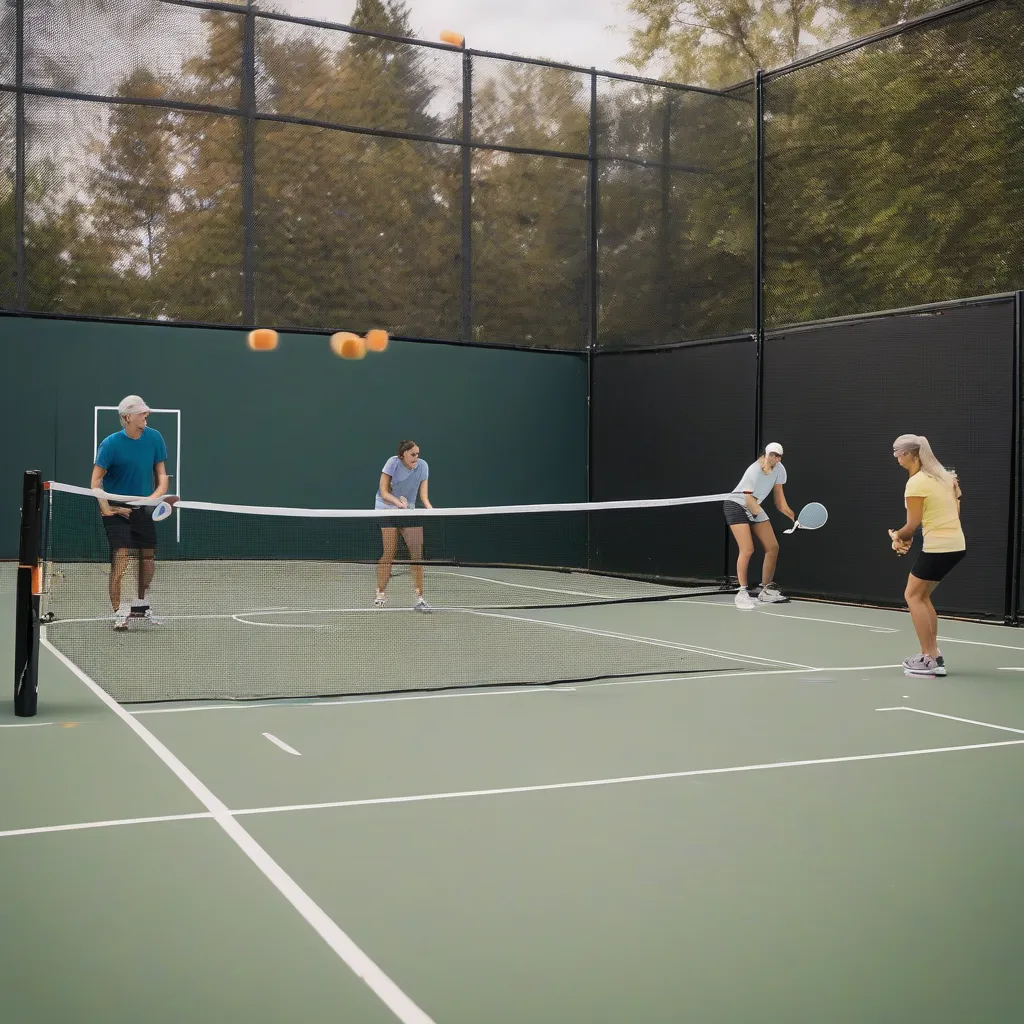Table of Contents
Introduction to How to Play Pickleball
Pickleball is a fast-paced and exciting sport that combines elements of tennis, badminton, and ping-pong. Whether you’re a beginner or looking to refine your skills, understanding the fundamentals of how to play pickleball is essential. This comprehensive guide will walk you through the basic rules, techniques, and strategies to help you get started and excel in the game.
Why Learn How to Play Pickleball?
Pickleball is not only fun but also offers numerous benefits:
- Physical Fitness: Playing pickleball improves cardiovascular health, agility, and overall fitness.
- Social Interaction: It’s a great way to meet new people and engage in a social sport.
- Mental Health: The strategic nature of the game keeps your mind sharp and reduces stress.
- Accessibility: Suitable for all ages and skill levels, making it an inclusive sport.
By learning how to play pickleball, you can enjoy these benefits while having a great time on the court.
How to Play Pickleball: The Basics
1. Equipment Needed
To start playing pickleball, you will need the following equipment:
- Paddle: A pickleball paddle, which is smaller than a tennis racquet but larger than a ping-pong paddle.
- Ball: A perforated plastic ball similar to a wiffle ball.
- Net: A net similar to a tennis net but lower in height.
- Court: A court with dimensions of 20×44 feet, including a non-volley zone (kitchen).
These are the essential items you need to play pickleball.
 Pickleball Court
Pickleball Court
2. Court Layout
Understanding the court layout is crucial for learning how to play pickleball. The court is divided into two service areas and a non-volley zone on each side. The service areas are located behind the non-volley zone, extending to the baseline.
3. The Serve
The game begins with a serve. The serve must be hit underhand, below the waist, and diagonally crosscourt to the opponent’s service area. The server must stand behind the baseline and within the sideline boundaries.